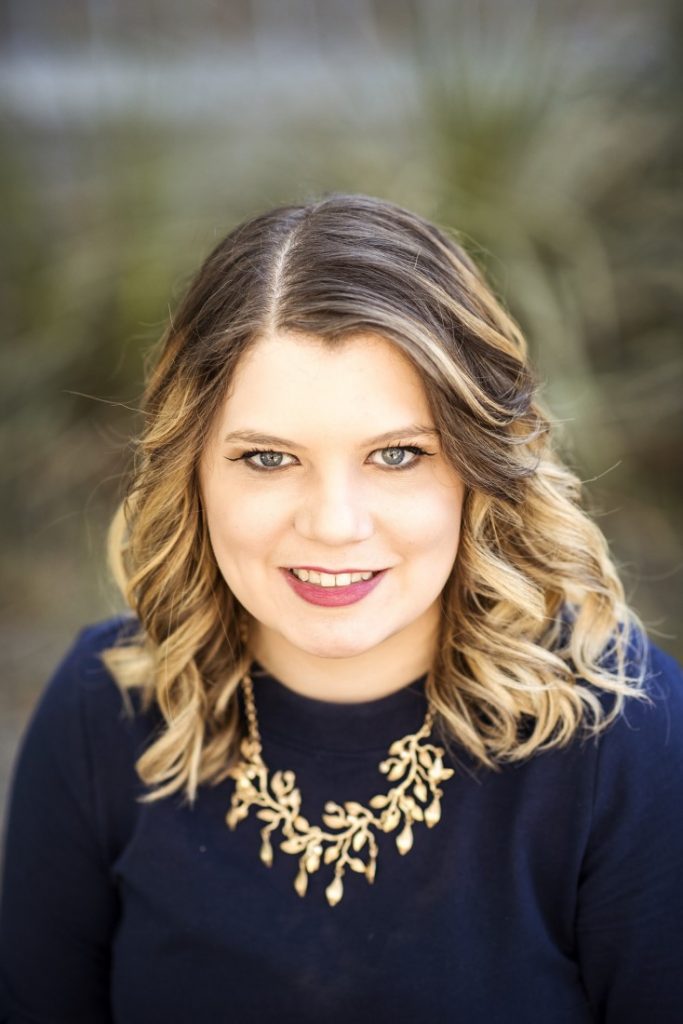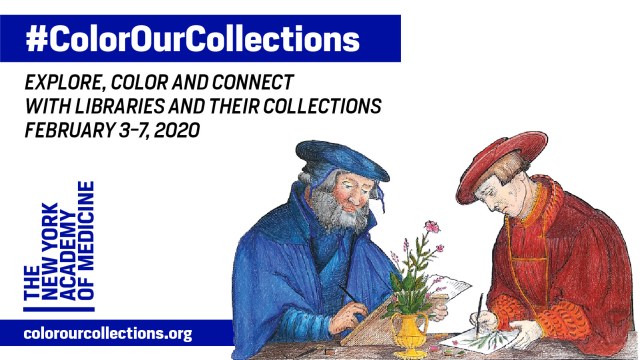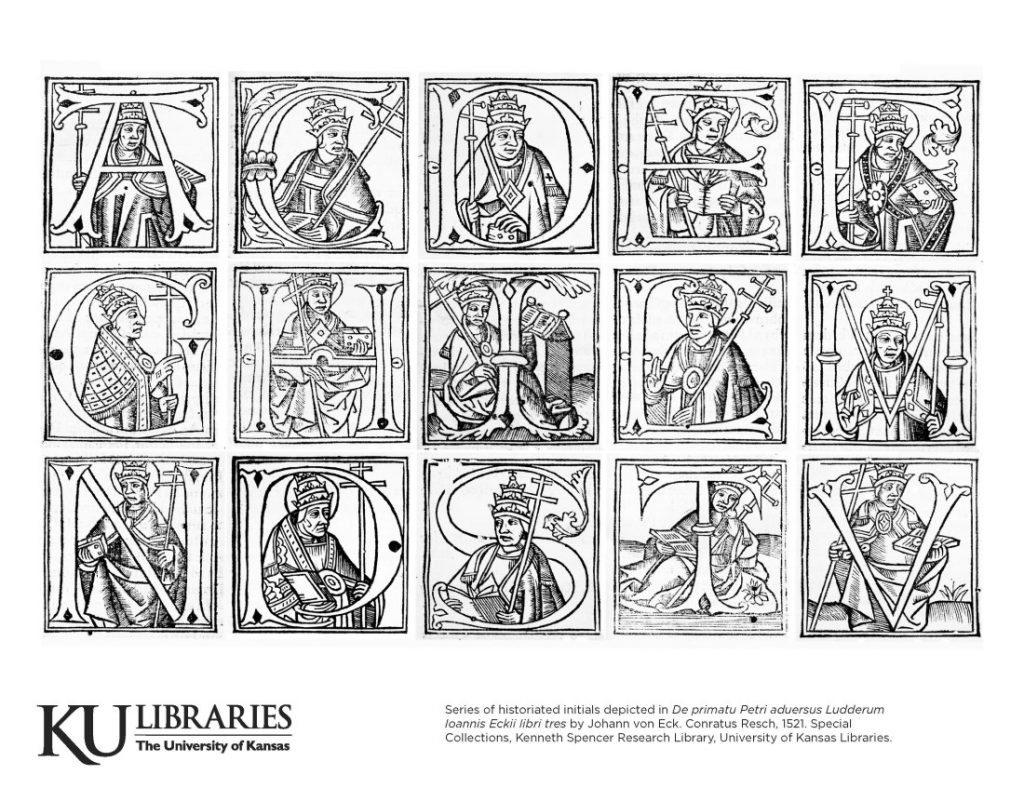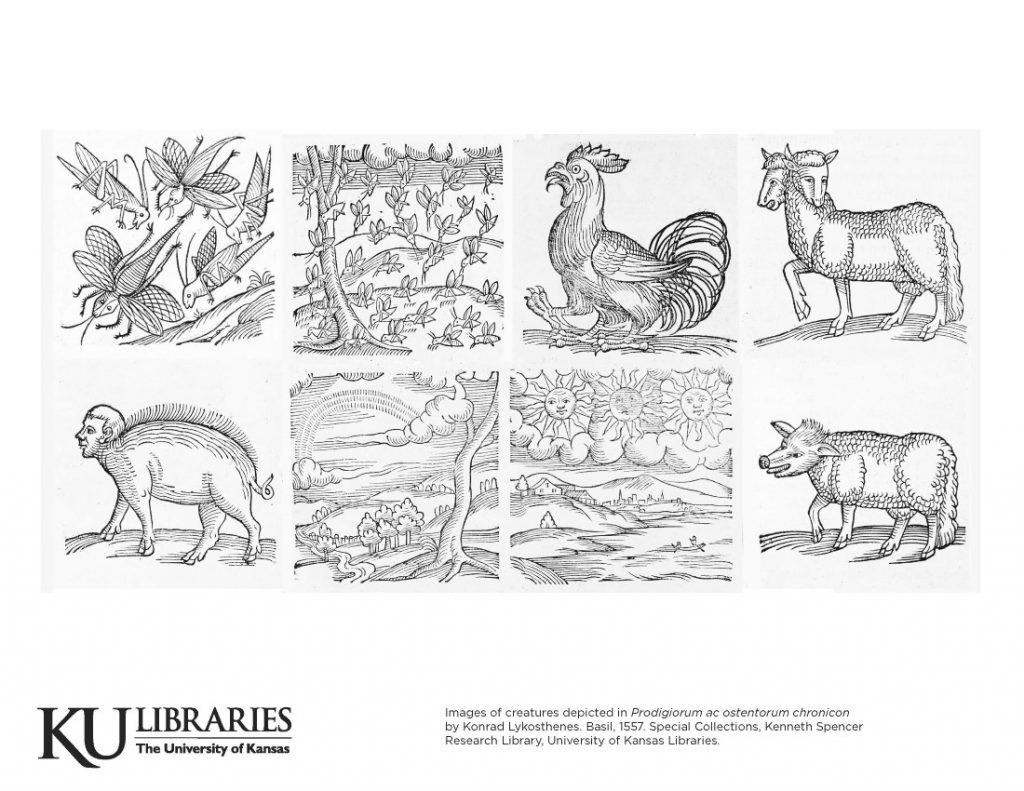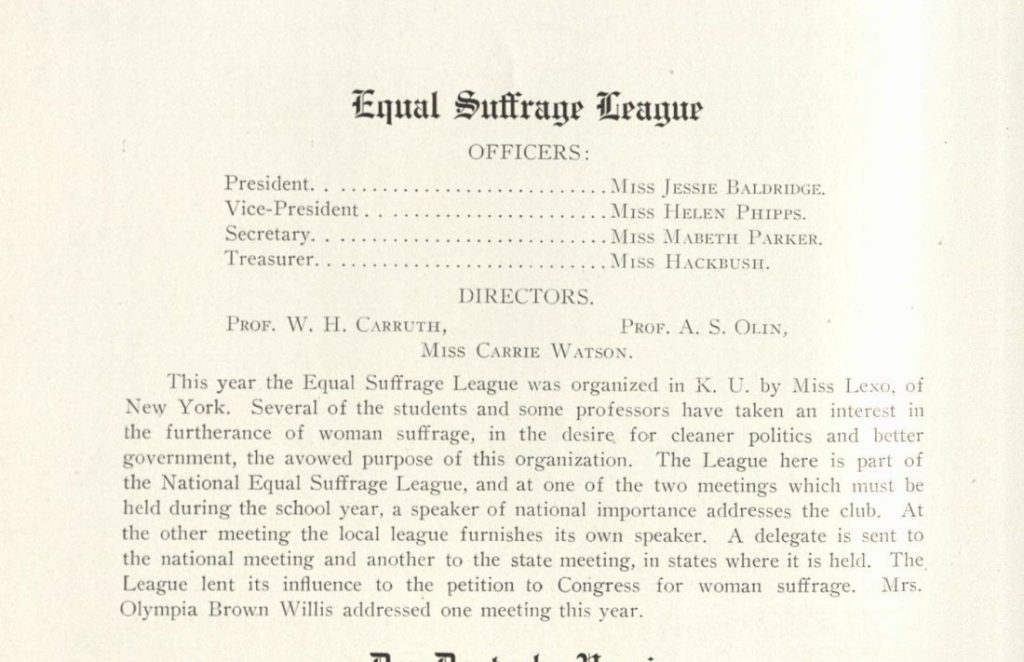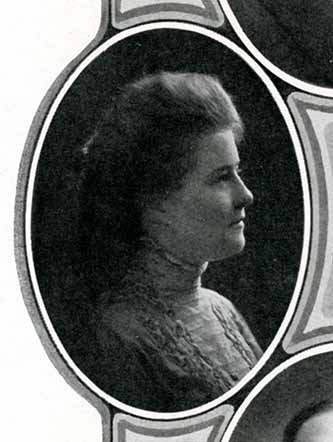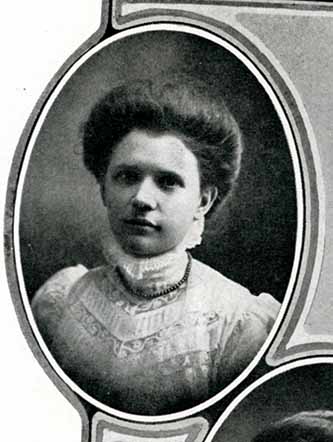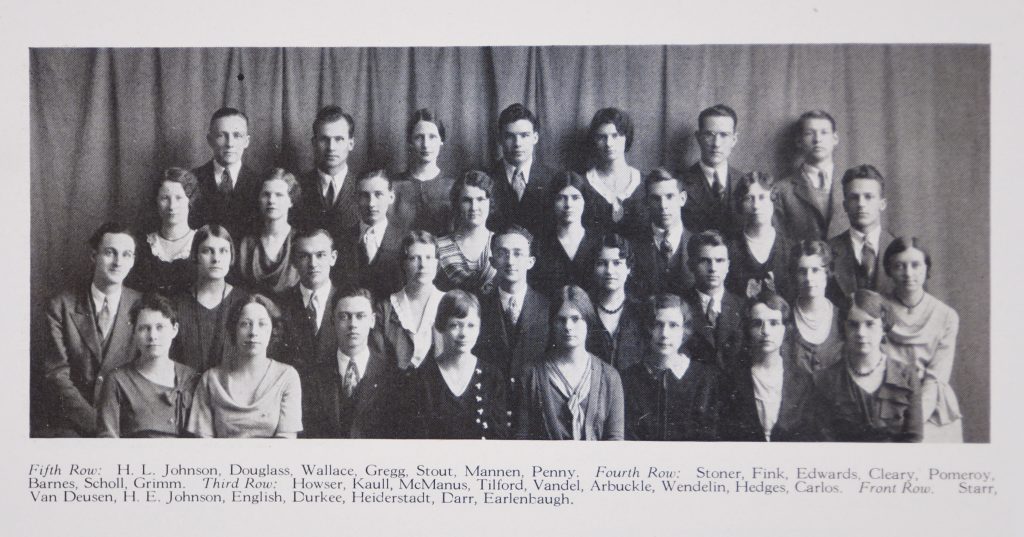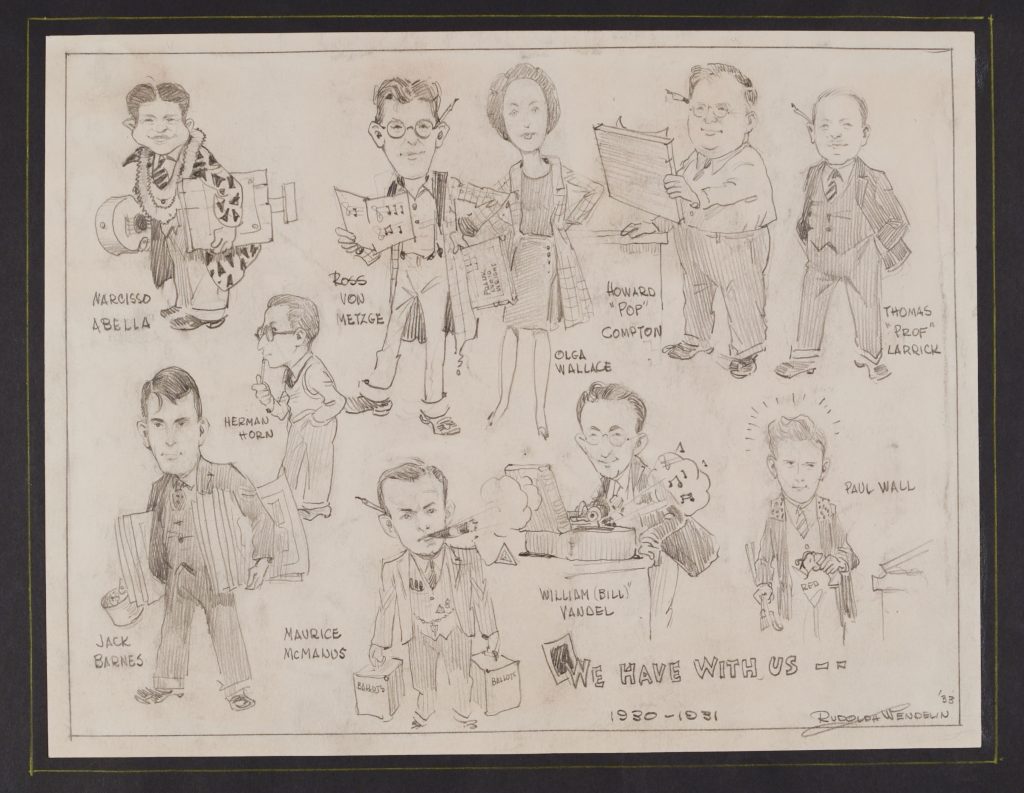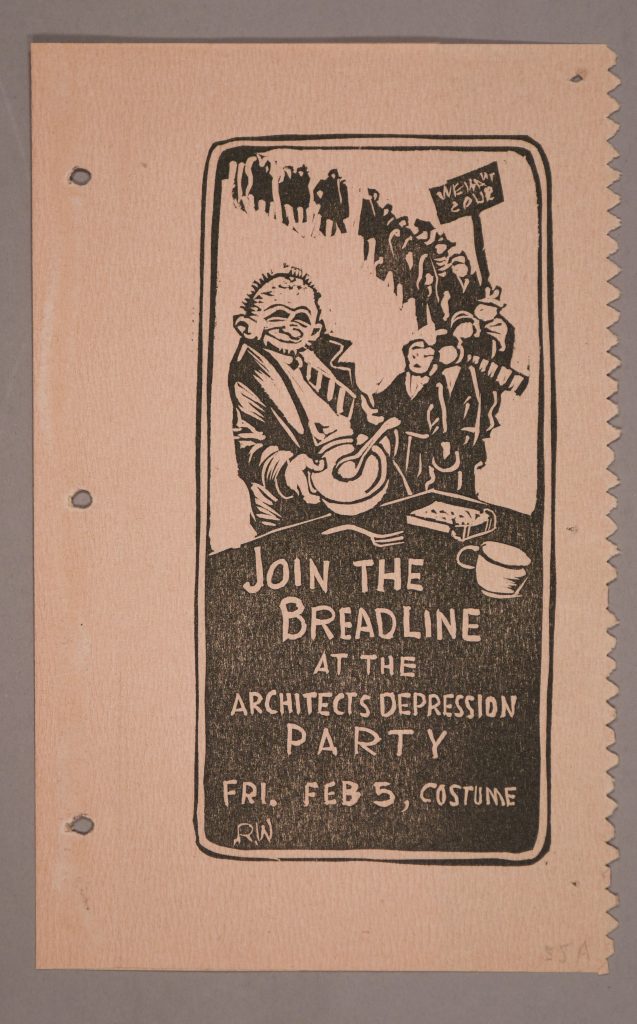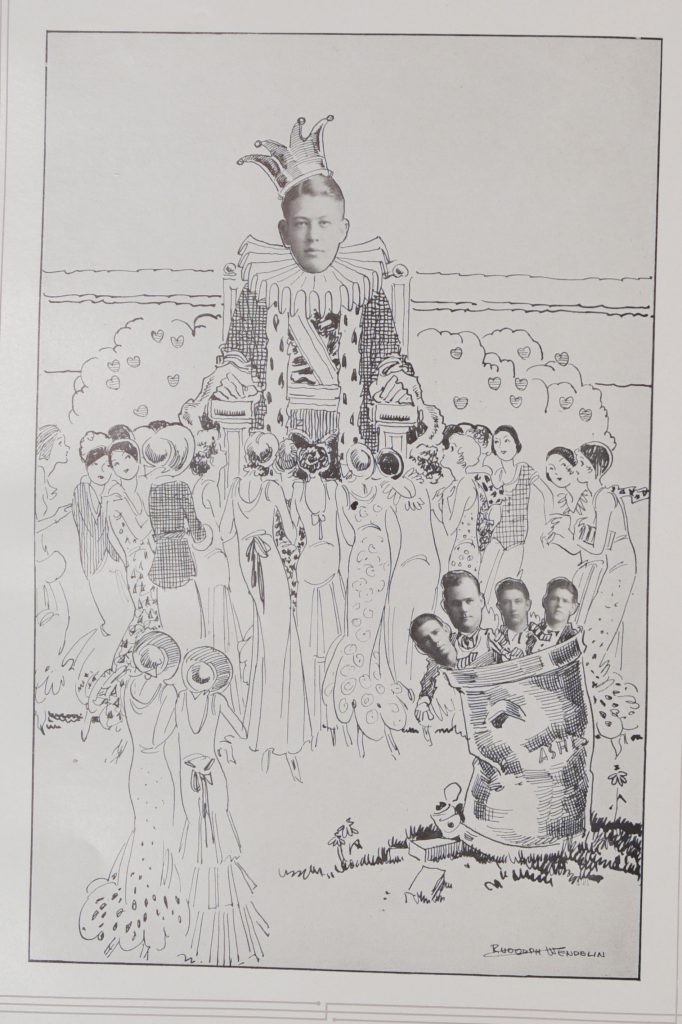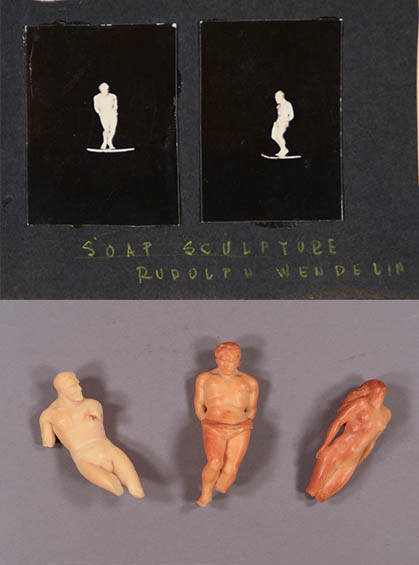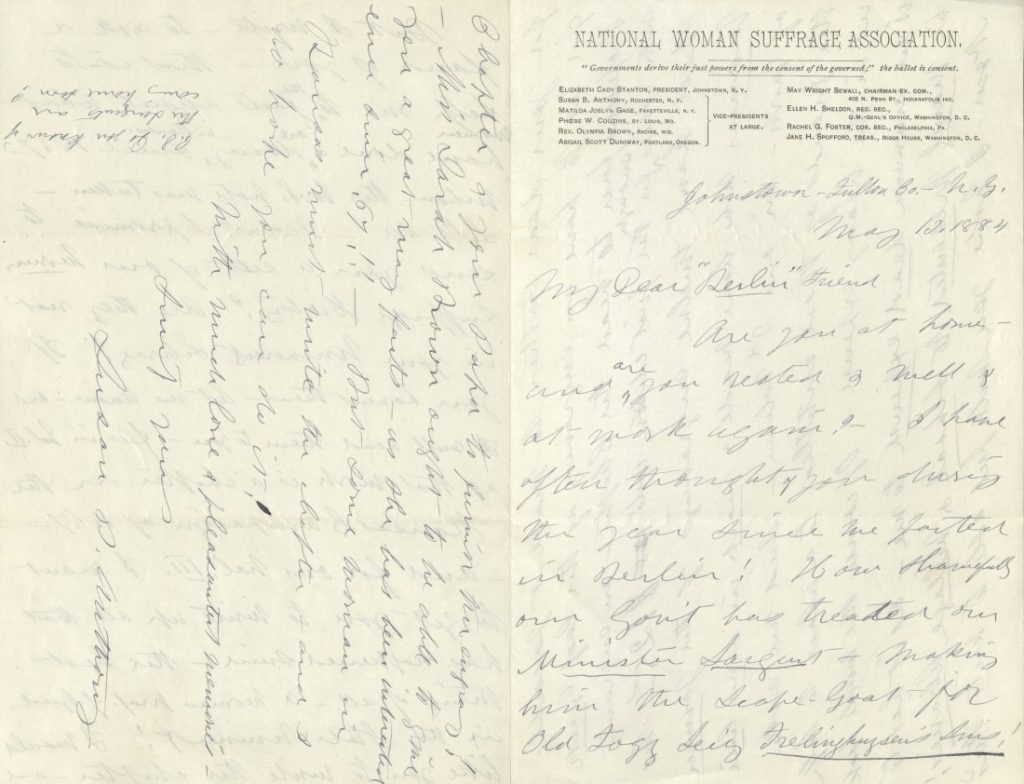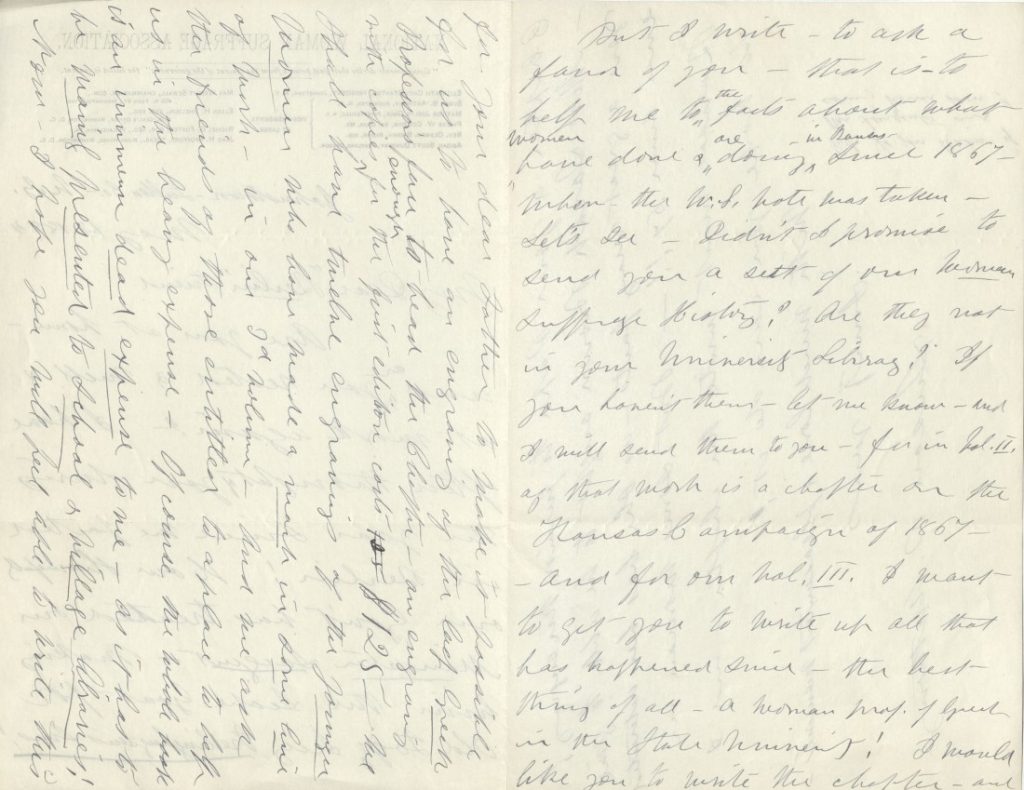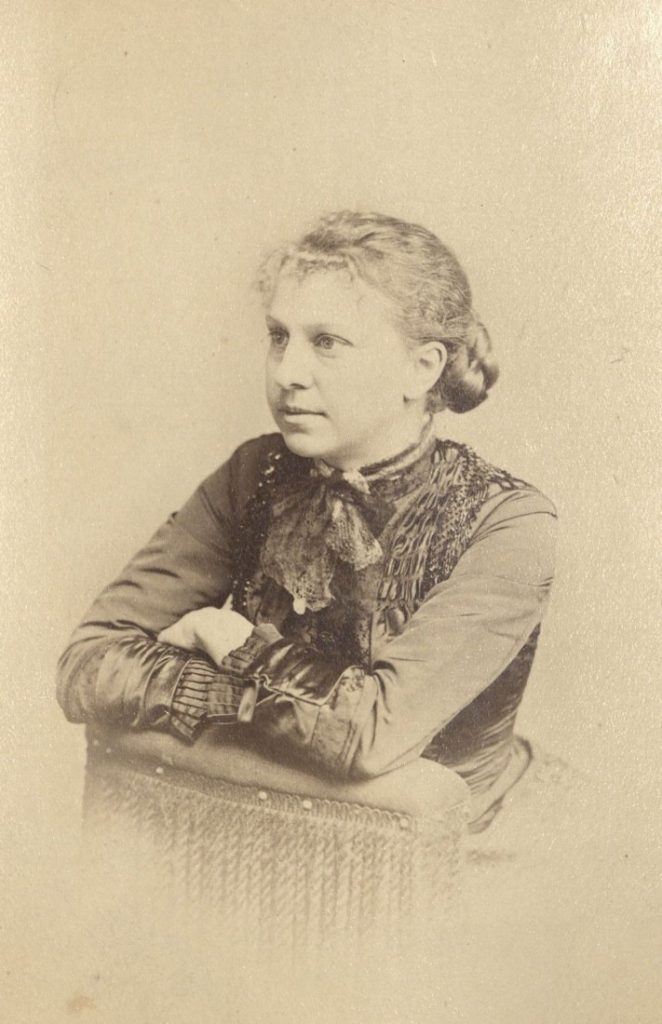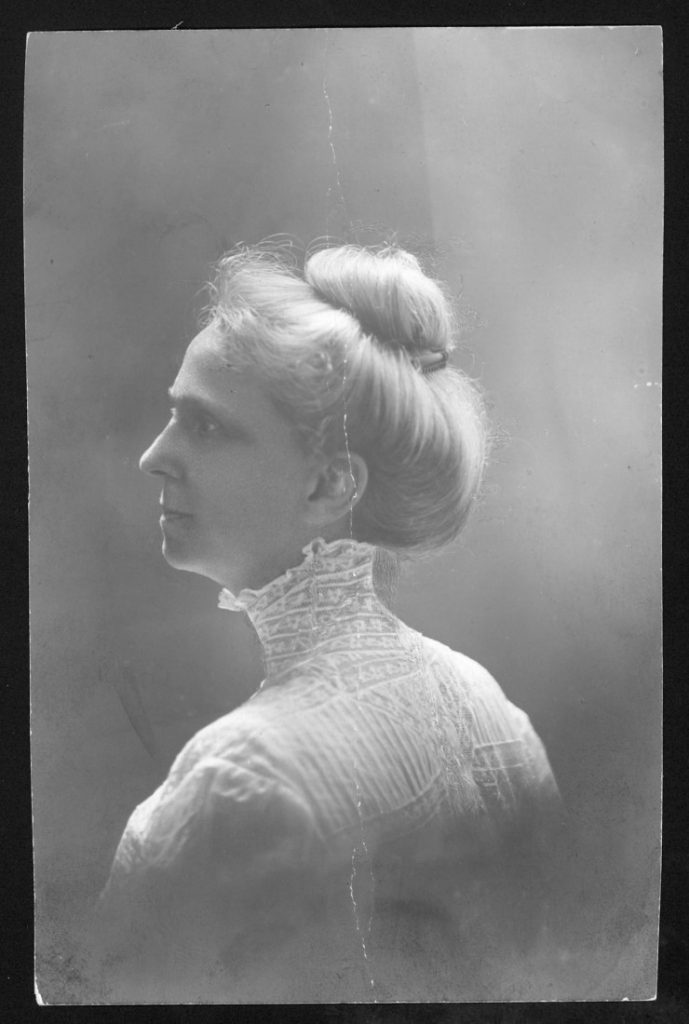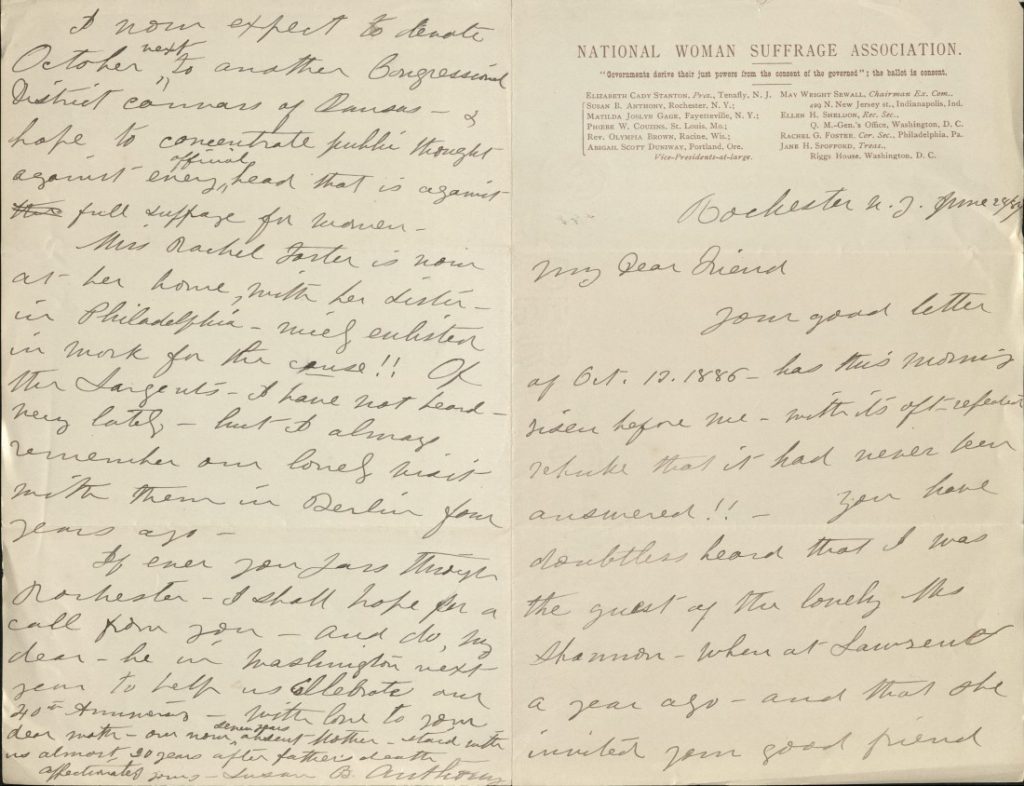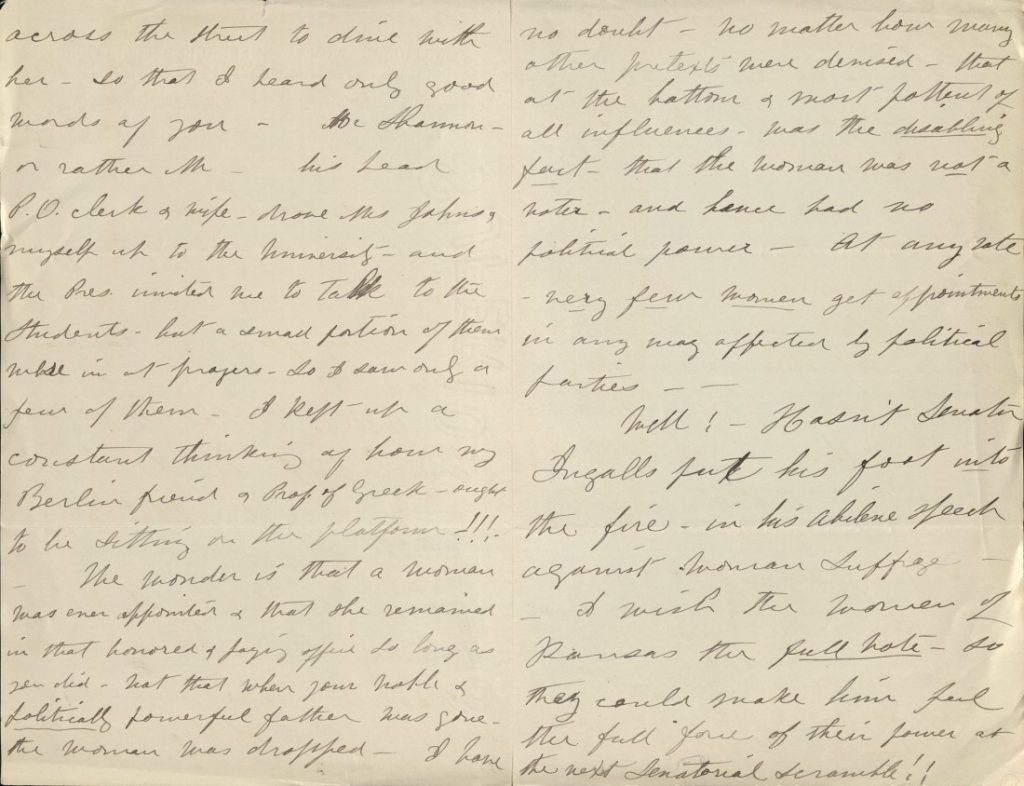Meet the KSRL Staff: Molly Herring
June 3rd, 2020This is the latest installment in a recurring series of posts introducing readers to the staff of Kenneth Spencer Research Library. Today’s profile features Molly Herring, who joined Spencer in February as the Associate Archivist in University Archives.
Where are you from?
I was born in the Kansas City area, but I moved around a lot growing up. My father was a Chaplin in the Army, and over the past twenty-five years I’ve lived in eleven states and fifteen cities, and I even spent three years living in Germany. However, I spent my senior year of high school in Kansas and went to college at KU, so Kansas really feels like my home state.
How did you come to work in archives?
I had always planned on going to library school after teaching for a few years (I got my bachelor’s degree in Secondary English education), although at that point I was thinking more along the lines of working in a public library. While researching programs, I began to learn more about the field of archives and decided it was the place for me! I decided to go to graduate school immediately after college, got my Master of Library and Information Science (MLIS) degree with a specialization in Archives and Information Science from the University of Pittsburgh in 2017, and then spent a couple of years working at the Indiana State Archives. I jumped at the opportunity to work in the University Archives, being a KU graduate myself as well as a fifth-generation Jayhawk.
What does your job at Spencer entail?
As the Associate Archivist, I appraise, accession, process, and manage records in all formats transferred to the custody of the University Archives. I answer research questions submitted by both on- and off-site patrons, participate in outreach services (such as exhibits, blog posts, etc.), work with donors who wish to give materials to the Archives, and collaborate with Digital Initiatives and Processing on digital collections management. Over the past couple months, as I’ve worked from home during the COVID-19 pandemic, I have devoted much time to working with Digital Initiatives and other Spencer Library staff on the University’s web archives.
What is one of the most interesting items you’ve come across in Spencer’s collections?
There are so many interesting items in the Archives its hard to pick one! One of my favorite things to tell people we have is a vial of uranium from the Manhattan Project. Another object I love is a wooden Jayhawk that was carved by a German POW who was sent to Kansas during World War II. On a more personal note I found some wonderful information on my great-great grandmother. She was the Women’s Student Government President in 1913 and, as an alumna, helped start KU’s chapter of the Alpha Chi Omega sorority, which I was a member of while at KU.
What part of your job do you like best?
My job entails a lot of different parts, which is something I really enjoy! I learn something new every day, and one day is never like the other. Also, although it’s a small part of my job, I really enjoy working on exhibits. It’s a wonderful way to get to know the collections and learn more about KU’s history.
What are some of your favorite pastimes outside of work?
I enjoy working on embroidery projects, baking, being outdoors, spending time with friends and family, and of course reading (sci-fi and fantasy in particular).
What piece of advice would you offer a researcher walking into Spencer Research Library for the first time?
Don’t be afraid to ask questions, and as many as you need to! Researching in special collections and archives can feel daunting, but we’re here to help!
Molly Herring
Associate Archivist, University Archives

